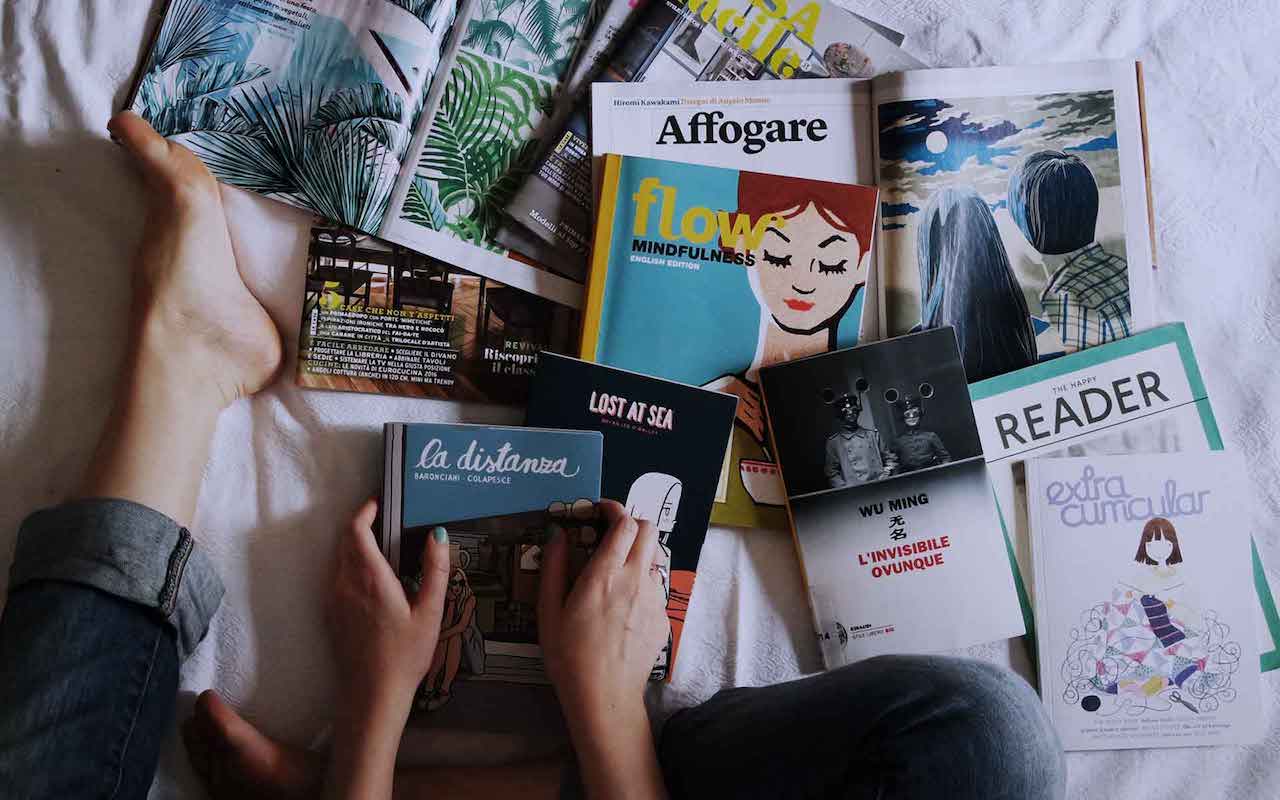But there’s something uncanny about scrolling through an influencer’s IG feed.
With the latest influencer fiasco courtesy of Faves Asia, it got me thinking about the role of influencers in our social media lives. And I came to the unwanted and unsettling conclusion that they are in fact the new print magazine.
Like print magazines, influencers have become a platform for editors to bring people together by curating a certain lifestyle with well-placed content, photos and ads.
The only difference is that influencers themselves are editor, platform and content. This gives them the opportunity to get really specific in forming micro-communities that a mass publication cannot.
You like sporty guys who don’t post too many gym shots, but give you an idea of their nutrition and supplements while knowing how to enjoy themselves and eat out once in a while with friends? There’s an influencer for that.
Want to hate on a high society taitai who posts terrible humblebrags about society galas while taking OTT shots of her bags, cars and first class plane tickets? There’s an influencer for that.
Kinda like the numerous indie magazines popping up over the past few years that cater to specific interest groups and niche audiences.
can we really call them influencers before they score their first endorsement?
Think of Vogue or Vanity Fair’s September Issue. It’s a thicker issue that has twice the number of ads, but we put up with it because there are usually one or two good articles that we’d like to read. The chore of flipping through 50 pages of mindless content to get the good stuff becomes a worthwhile time investment.
In the same way, Naomi Neo’s followers put up with an endless stream of product endorsements to get to a few pieces of original content that they might enjoy. They live with the ads because, ultimately, she still produces content that speaks to them, and they can just filter out / ignore what they don’t like.
Whether you like them or not, influencers at a certain size will continue to attract brand tie-ups, similar to how brands will continue to place ads in magazines that they feel speak to their target consumers.
Ads, after all, are a gauge of the magazine’s financial health. The more ads = more advertisers = more faith in the magazine to draw eyeballs.
Similarly, and ironically, in a world of where we consume ratings and endorsements as content themselves on platforms like Tripadvisor and Yelp, can we really call them influencers before they score their first endorsement? As much as we complain about the ads, the question we should be asking ourselves is whether we would consider an influencer legit without endorsements. Possibly not.
The problem only arises when brand tie-ups are mismatched. We don’t mind being told to buy or consume certain things if we can see it seamlessly woven into the lifestyle a magazine or influencer is projecting. But when Brad Pitt hawks Chanel No.5, or a local influencer suddenly loves hydrating by carrying a carton of Peel Fresh with her, the cracks in that projection begin to show.
suspension of disbelief is crucial to our media consumption habits
We can only enjoy looking at a print fashion spread if we can blind ourselves to the fact that the models have been heavily photoshopped.
So why should influencers be any different?
What the recent Faves Asia video really showed is that people hate it when the sense of image crafting outweighs the image itself. At the heart of the video is an unsatisfied girl aspiring towards a better life. Like all of us do. The real problem lies in the terrible production value and bad editorial control over the script and actors.
It’s clear that it’s no longer enough to be pretty and show some skin. To attract a following, successful influencers will need to be able to create compelling content that translates well onto other formats such as IG Stories, and to do so, they will need to pick up the right editorial skill sets.
But the influencer industry is young, and hiccups are bound to happen. Especially when the barriers to entry are an app and a username. Faves Asia has no doubt learnt some valuable lessons from this episode and will probably do better next time.
And when the influencer industry is as old and experienced as the magazine industry, yes, even the outdated gossip ones in doctor’s waiting room, and when brands finally figure out how to build relationships with influencers that people actually care about, maybe Faves Asia will be able to look back at past mistakes and remember to smile.






